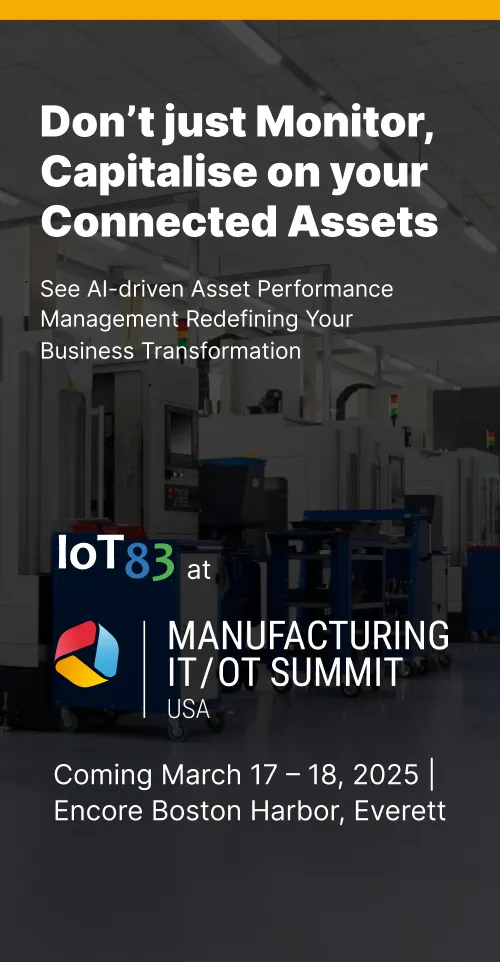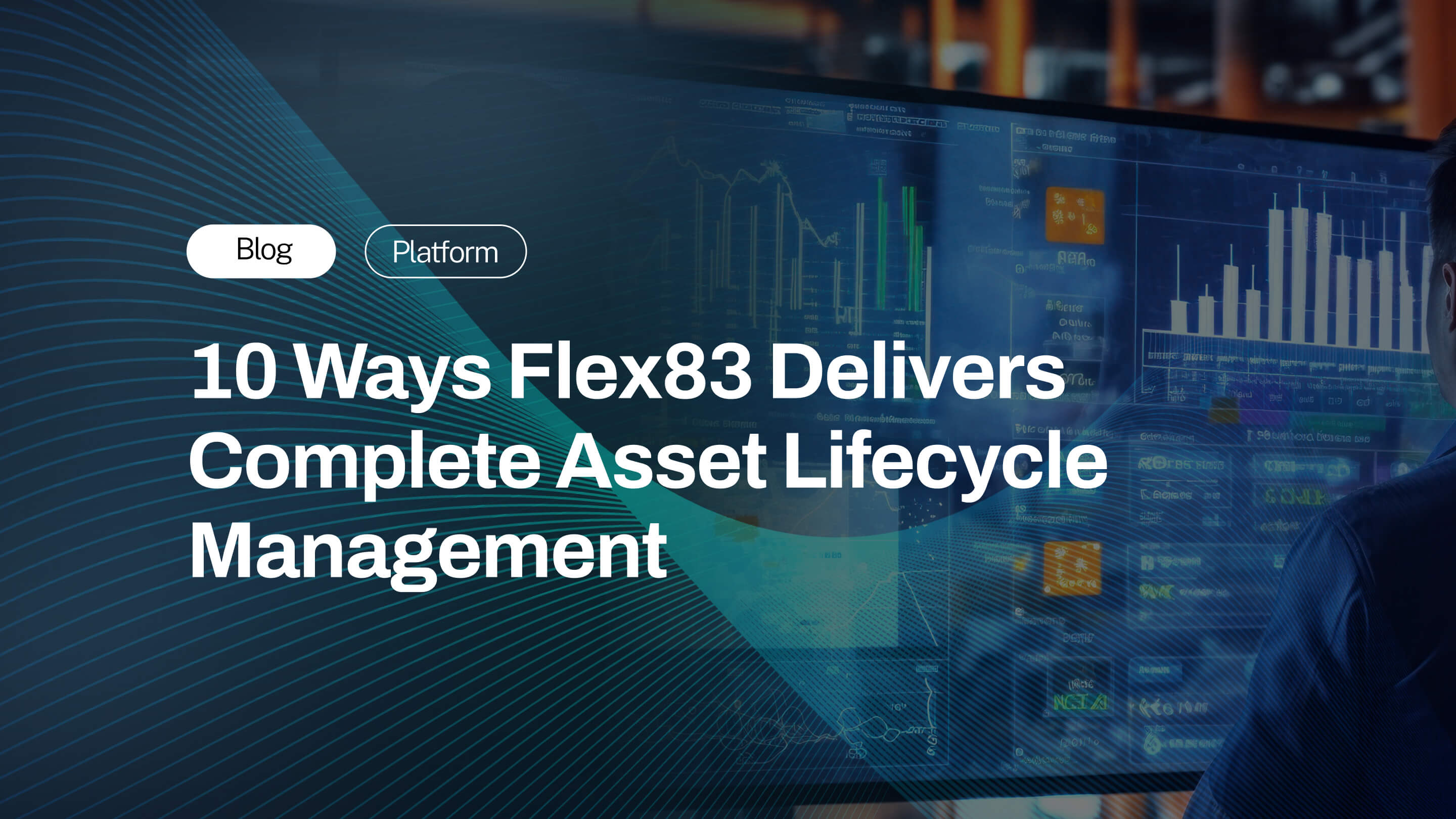IoT adoption may sound critical as business model transformation has never been easy. The major pain point that haunts Industrial OEMs is the decision between build vs buy or vice versa. It’s always been a topic of discussion among OEMs’ product-market strategy development stakeholders. The dilemma between "buy" and "build" is not new. However, in the context of IoT, where connectivity, scalability, and data management are paramount, the stakes are higher than ever.
As IoTnews shares, "If you opt to build an IoT platform on your own, you’ll have full control over the solution. But at what cost, effort, and outcome? It can take ages to achieve your goal of successful IoT adoption."

Hence, industrial OEMs need a solution that can provide them with complete ownership and freedom to buy and build the platform without hassle. We can understand and resolve these hurdles of whether to buy or build by diving deep into all the pros and cons. Let’s compare the intricacies involved in the decision-making process and understand how a balanced approach can indeed change the IoT game significantly.
OEMs and Their Need for Customized IoT Strategy
Original Equipment Manufacturers (OEMs) increasingly recognize the importance of adopting Industrial IoT (Internet of Things) to enhance their products and services. No matter whether you build an IoT platform in-house or opt for an off-the-shelf solution, it must align with your business needs.
OEMs and enterprises spend millions of dollars globally just to get what they want in their application by building it from scratch. But still, the ratio of business needs and success is not up to mark. Their time, effort, and money don't come with the expected return.
On the other hand, some OEMs opt to buy a No or Low-code IoT Application, in which they get the pre-defined features and components to force-fit their business needs according to the platform’s offerings.
However, both approach feels incomplete as OEMs seek a solution that can fulfill their needs and help them achieve factors such as:
- Optimum budget utilization focusing only on building application logic
- Desire to differentiate from competition
- Break-even that quickly reflects real-world benefits
- Multiple revenue streams ensuring greater ROI
- Industry Use cases at hand
Should You Choose to Build an IoT Platform?
Industrial OEMs must put much effort into building an IoT platform for their business, from creating a team of skilled developers to the cost of infrastructure, development, and maintenance.
Below is a comprehensive list of advantages and disadvantages that can help you better understand both profit and loss.

Pros:
- Customization: IoT technology can create real economic value as customized IoT platform development is growing fast. Creating your IoT platform can be a great idea only if you have the technology and a truly innovative idea that doesn't exist. You can create a solution that meets specific business needs.
- Control: You can get great benefits by leveraging your in-house tech expertise, which fully controls the design, features, and security protocols. Only creating a team of skilled folks from engineers to cloud administrators can help you achieve truly profitable dividends. Then, you can seamlessly add features, processes, bifurcation, and all the other services you want to use on your platform.
- Integration: You may need some help from external software or services that can be beneficial and supportive for seamless processing on your platform. So, you can integrate the various third-party apps, existing systems, and processes in your in-house IoT platform. You will not face any issues or restrictions if you have a professional IoT team who knows what they are doing and how they need to do it.
Cons:
- Time and Cost: Building an IoT platform from scratch can be time-consuming and resource-intensive, potentially delaying time-to-market. You must put 100% of your time and effort into this project to convey the right message so that they won't miss any detail or aspect you want on your platform. You will lose 80% of the budget only in the infrastructure, leaving only 20% of the budget for the complete development process.

- Expertise Required: You will need a skilled team of developers and specific experts in IoT technologies, as their experience and your business needs can make the IoT platform building smooth and seamless. They can add more value to our Industrial IoT solution, providing the best solution and process for various obstacles you may face throughout the journey.
- Maintenance Challenges: Developing and deploying an application is not enough; you must take care of it even after that. You need a team of developers who can always take significant responsibility for ongoing maintenance and updates. They will always stay at the backend to resolve all the downtime and various issues logged by the users of your platform. If your users exit from your app, it will be challenging to get them back.
The next choice between build or buy is to buy a pre-built platform with defined features and services without any option for customization. Let’s have a look at the various pros and cons you may face if you go with buying an IoT platform.
Should You Buy a Low/No Code IoT Solution?
Buying an IoT solution can be the easiest way to achieve business transformation. However, what is the benefit if you cannot get the features and benefits you need to add new revenue streams, save on CapEx, attain higher ROI, and have a competitive edge? Business transformation is not an event but a journey, and once incorporated, it should be with a long-term vision and a reliable methodology. Still, there are some benefits and drawbacks that you must keep in mind to ensure that it matches your organizational objectives.
Pros:
- Speed to Market: It is the fastest way to create your platform compared to developing an in-house one. So, you will get quicker deployment with the off-the-shelf solutions that will save you a lot of time, even reducing time to market. You can get on the platform and share the solution with your users.
- Cost-Effective: You do not have to pay more for development or any other process as the initial cost is usually lower for such pre-developed IoT platforms, making it a more budget-friendly option. It comes with a specific amount you can pay and kick-start your journey to business transformation. So, you can for sure save a lot of money but will get fewer features and options to make your solution more user-friendly and upgraded as industry and market evolve.
- Ready-made Features: You do not have to search for or worry about the features and services you will need on your platform. It is both an advantage and disadvantage of IoT platforms that you can't choose to add more features to your platform as per your business needs. You can stick with the pre-built features and modules that cater to standard IoT requirements without extensive development.
Cons:
- Limited Customization: The generic solutions lack the level of customization required for specific business needs, making it difficult for organizations to attain the ROI they expected at the end of the year. That's why most Industrial OEMs look for a solution that can give them a bit of feasibility to add some beneficial features or modules that can make the platform smoother for users.
- Security: Security remains a critical concern in IoT and low-code platforms with potential vulnerabilities. Insufficient security measures may expose IoT ecosystems to the risk of data breaches, potentially leading to unauthorized access to confidential data, impacting their functionality, and potentially causing disruptions.
- Data Privacy Concerns: Strict data privacy regulations impose challenges on IoT and low-code platforms as they ensure user data protection and compliance with regulatory frameworks. Mishandling of user data can erode trust and damage the reputation of organizations, especially in industries where data privacy is a top concern.
Both approaches have great advantages, but the hurdles with them can’t exactly be ignored. But what if we can get a perfect combination of buy and build Industrial IoT applications with assistance?
The solution is Application Enablement Platform, a pre-built Infrastructure as Code (IaC) that includes numerous microservices, allowing you an 83% leap start, and all your efforts and investment will go into building a fully customized business based on 17 % application logic that truly matches your unique set of requirements.
AEP: A Perfect Alternative for “Buy or Build” Dilemma
Industrial OEMs can opt for Application Enablement Platform to solve the dilemma between build vs buy. You will get a set of pre-built microservices, API Services, Modules, SDKs, and more to create a customized solution with all the features you want specifically for your business.
In detail, as industrial OEMs seek a custom, secure, and scalable IoT solution for their business, they can choose AEP to buy and build their own bespoke platform. Many organizations are well-informed about this latest approach, where they get an 83% pre-built platform with the power to build the remaining 17% application logic as per the business needs, striking a balance between speed, cost, and tailor-made features.
Key Capabilities of Flex83 IoT Platform
1. Multi-Tenancy: Get accurate data segregation with multi-tenancy abilities. Industrial OEMs can differentiate different tenants with different roles and accessibility across different cloud providers for different customers.
2. Cloud-Agnostic Architecture: Application Enablement Platform gives the freedom to optimize cost across vendors as pricing for remote storage continues to evolve. Industrial OEMs don't have to worry about vendor lock-in for their cloud storage providers when utilizing AEP, a cloud-agnostic architecture that offers ease of utilizing various cloud and local hosts for user convenience.

3. Reduced Time to Market: OEMs can get a complete setup faster than building an Industrial IoT platform from step one. Application Enablement Platform is a kick-start approach with 83% pre-built microservices to save more time.
4. Minimize Total Cost of Ownership: You don't need to spend your time or budget on infrastructure as Application Enablement Platform provides you with an 83% pre-built platform, saving 70% on Development costs and 90% of efforts and costs in the technical debt and support and maintenance as you have to maintain fewer lines of code with the AEP IoT adoption approach.

5. Integrate With Any Enterprise App: Application Enablement Platform empowers the integration of multiple existing systems to make enterprise-wide solutions “smarter.” Incorporate Operational Technology (OT), Internet Technology (IT), and Business Technology (BT) systems deliver far greater value when operating as a seamless whole. For example, asset health data and analytics can optimize service calls, customer demand for products can drive procurement, and product failure analytics can drive engineering change orders.
6. Total Economic Impact: OEMs can benefit from a great rise in their ROI with the Application Enablement Platform. This approach allows OEMs to start on top of pre-built microservices at advanced progress and invest purely in the remaining development of Core Business Logic. Hence, OEMs can enjoy a three times faster time to market with 830% ROI, which crossed break-even in less than a year.
Get Started Now
Which process will you choose for building your custom Industrial IoT Solution? You can build an IoT platform from scratch or buy a pre-built IoT solution. However, smart OEMs look for and choose only the smart solution to achieve success, leaving their competitors behind.
So, why go for less when you can get more with less effort and price? Why not look for something that can help you get a better place in the industry?
Don't think too much!
Empower your business with a personalized IoT strategy that combines the best of both worlds – the speed to market and cost-effectiveness of buying and the customization and control of building. Embrace the future of IoT with Flex83, the IoT Middleware, and revolutionize how you connect, monitor, and optimize your products and services.
Would you like to know about those beneficiaries? Book a Demo to explore the true potential of Flex83, a solution designed for your business.






.jpg)

%20(1).jpg)


